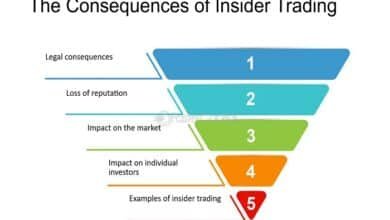Tips for Interpreting Business Data With a Bar Chart

Data visualization has become an indispensable tool in the business world, aiding in the analysis and comprehension of complex data. Among the array of visual tools, bar charts have proven to be remarkably effective in presenting and interpreting various types of business data. Whether that data is related to sales, market research, or financial trends, knowing how to properly decipher this data is key to gaining meaningful insights. In this article, we’ll delve into the basics of bar chart interpretation and provide useful tips to help make data analysis a smoother process for business professionals.
Understanding the Basics of a Bar Chart for Business Data
A bar chart is a graphical representation of data that utilizes rectangular bars to show comparisons among categories. Each bar corresponds to a specific value, with the length or height of the bar representing the magnitude of the data it is meant to portray.
Traditionally, bar charts are used to represent categorical data, with each bar standing for a different category. This makes them ideal for comparing different groups or tracking changes over a defined period.
With vertical bar charts, often referred to as column charts, the x-axis (horizontal) represents the categories, and the y-axis (vertical) indicates the values. On the other hand, horizontal bar charts flip this orientation.
Now that we’ve introduced the basic structure of a bar chart, the next step is to understand its importance in the business context.
Importance of Bar Charts in Data Presentation for Businesses
Alt text: A man analyzing bar charts on his computer
Bar charts serve as an important tool in business data presentation. They provide an easy way to visualize and compare data, making it simpler to identify patterns, trends, and outliers.
By using bar charts, businesses can analyze and understand the performance of products or services over time or across different regions. They also enable easy comparison of financial data like revenue and expenses among different years or quarters.
Moreover, bar charts make statistical data more digestible for stakeholders, clients, or team members who may not have a strong background in statistics or data analysis.
Presenting data in this visual form allows for quicker interpretation and decision-making, thus saving valuable time for businesses.
Tips for Efficiently Reading a Bar Chart
Reading a bar chart effectively requires more than just a basic understanding of its structure. It’s important to pay attention to the details, like the data labels, the scales, and the axes.
Differentiate between the axes properly. Review the information depicted on each axis. The horizontal axis frequently depicts the categories under comparison, while the vertical axis represents the measurement.
Always consider the scale on the vertical axis. It’s easy to make incorrect assumptions when a graph uses a truncated scale. Be sure the scale doesn’t misrepresent the data due to compressed or stretched sections.
Don’t forget to read the chart title, legend, footnotes, and source. Often, these provide key details that aid in understanding the data and context of the chart.
Common Mistakes To Avoid When Interpreting Business Data With Bar Charts
Alt text: A man working on his computer studying bar charts
Given the apparent simplicity of bar charts, it’s easy to fall into traps and misinterpret the data they represent. One of the most common mistakes is misreading the scale and making inaccurate comparisons.
Ignoring the context of the data can also lead to erroneous conclusions. Always consider the period, geographical region, and any other factors that might affect the data.
Another common mistake is overlooking outliers. Outliers, data points significantly different from others, can vastly influence averages and skew interpretations.
Lastly, don’t discount the role of representation. While bar charts are suitable for certain scenarios, they’re not a one-size-fits-all solution for every data set. Ensure it’s the appropriate tool for the specific data you’re working with.




